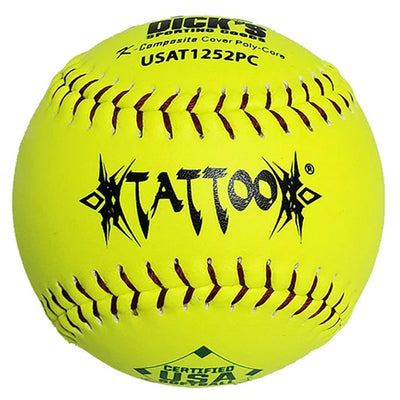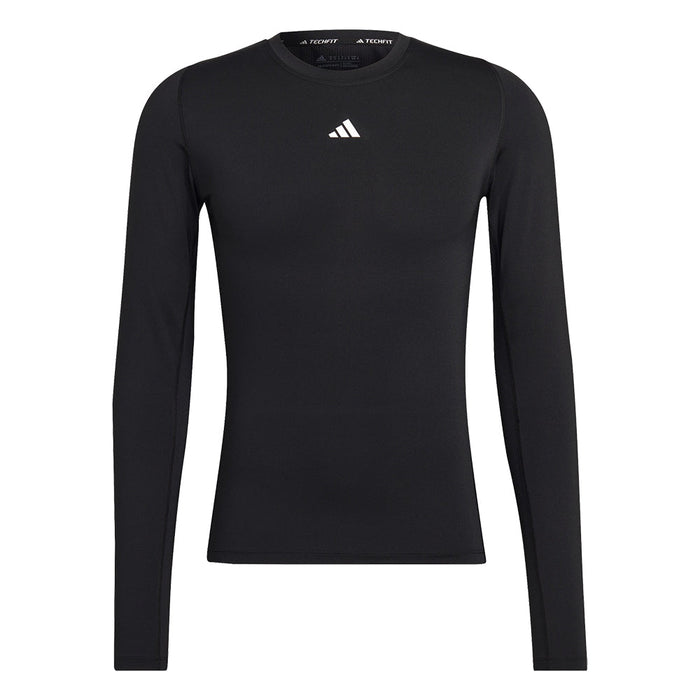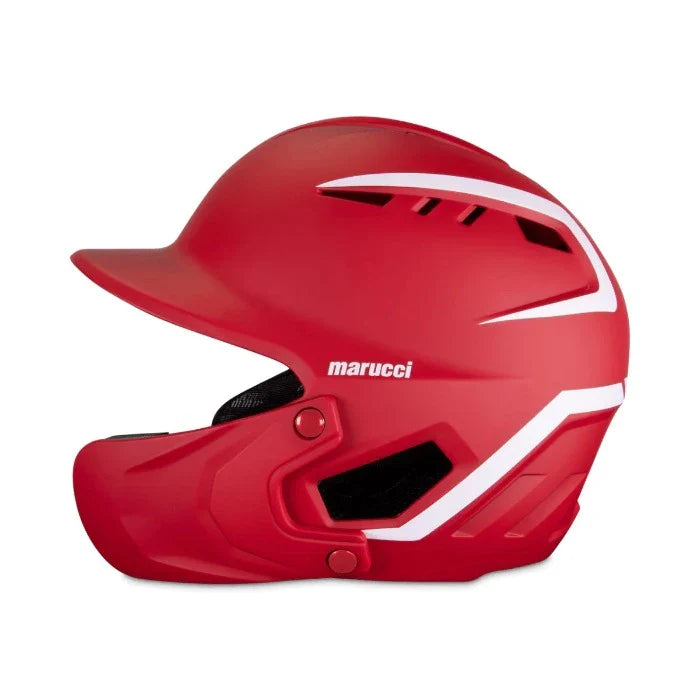Why Baseball and Softball Safety Is Important
Baseball is by no means a dangerous sport. But it can present a very real risk of injuries from things like wild pitches, batted balls, and collisions in the field.
At the high-school level, some pitchers can throw fastballs that reach 80-plus miles per hour, speedy enough to cause painful welts, broken bones, even concussions. Excessive pitching and improper throwing mechanics can lead to major league arm problems, and base runners and fielders frequently collide while running at top speed.
Gear Guidelines
As with all sports, wearing and using the right gear can go a long way toward preventing injuries. The amount of equipment required for baseball isn't on par with football or hockey, but it is every bit as important. Players need to be sure they always have all the gear required by their league.
Most leagues will insist on the following:
- Batting helmets must be worn whenever a player is at bat, waiting to bat, or running the bases. Some leagues may even require pitchers to wear them. Helmets should always fit properly and be worn correctly. If the helmet has a chin strap, it should be fastened, and if the helmet has an eye shield or other faceguard, this should be in good condition, securely attached to the helmet.
- A catcher should always wear a helmet, facemask, throat guard, full-length chest protector, athletic supporter with a cup, shin guards and a catcher's mitt whenever they are catching pitches, whether it's in the game, in the bullpen or during warm-ups.
- Baseball spikes should have molded plastic cleats rather than metal ones. Most youth leagues don't allow spikes with metal cleats.
- Some leagues have guidelines dictating what kind of bat a player can use. Some aluminum bats may be banned for hitting batted balls too hard. Be sure to check the league's policy before choosing a bat.
- All players should wear athletic supporters; most, particularly pitchers and infielders, should wear protective cups. Rules regarding which players must wear cups vary from league to league.
- Additional gear that some players like includes sliding pants, which are meant to go under baseball pants to protect against scrapes and cuts; batting gloves, which can keep hands from getting sore while hitting; shin and foot guards, which are designed to protect against balls fouled straight down; and mouthguards.
-
Breakaway Bases
Base paths are one of the most common places injuries happen. This is especially true when players slide into a traditional stationary base, which puts a rigid obstacle in their path as they slide. Sliding into a fixed base can result in foot, ankle, and lower-leg injuries.
As a result, doctors have started recommending that leagues install breakaway bases in all of their playing fields. These bases, which snap onto grommets on an anchored rubber mat, can be dislodged when a runner slides into one, lessening the chances that a base runner will get injured. During the course of normal base-running, the base is stable and does not detach.
Before Starting the Game
Ideally, kids should get plenty of exercise before the season begins and be in the best shape possible before swinging a bat for the first time. This will not only lower the risk of injury, but it will also make them better ballplayers.
Just as with any other sport, warming up and stretching before a baseball game is very important. However, remember that in baseball, kids should pay particular attention to their throwing arm. Most will require plenty of warm-up before they can safely attempt a long, hard throw.
Different players have different preferences when it comes to warming up their arms. Some like to make short throws, while others prefer to start with long, easy tosses. Regardless of how a player chooses to warm up, the idea is to start with soft throws meant to stretch muscles and loosen up joints. As the arm warms up, the intensity of throws should be gradually increased until the player is throwing as he or she would during a game situation.
Make sure that all bats, balls, and other equipment used during warm-ups are safely put away before play begins, and always inspect the playing field for holes and debris, especially broken glass.
During Game Play
Painful collisions can and do occur in baseball. With attention focused on the ball, it's easy to lose track of where people are. If there's any doubt as to who should field a ball, one player should call for it as loudly as he or she can to let the others know to back away. Players should practice doing this with teammates to get used to listening for each other's voices.
While batting, it's important for kids to stand confidently in the batter's box and not be afraid of the ball. That being said, baseballs are hard objects. Getting hit with a pitch hurts. Kids should know how to safely get out of the way if a pitch is headed toward them. The best way to do this is to duck and turn away from the pitcher, exposing the back and rear end to the pitch instead of the face and midsection.
On the base paths, players should practice running the bases with their heads up, looking out for other players and batted balls. They should also know how to slide correctly. Many leagues make it illegal for kids to slide headfirst, as this can lead to head injuries and facial cuts.
-
Excessive Pitching
Pitching, particularly for adolescent arms that are still growing, puts an enormous amount of strain on joints and tendons. Injuries to wrists, elbows, rotator cuffs, ligaments, and tendons can result from excessive pitching but can be largely avoided if players and coaches follow a few simple guidelines:
- Make sure pitchers adhere to league rules regarding the maximum number of innings they're allowed to throw. This will generally range from four to 10 innings per week. If a kid plays for more than one team, include all innings pitched each week, not just the ones for each team.
- Most leagues follow rules regarding the number of pitches kids can throw in a game. Keep in mind that even major league pitchers have strict pitch counts to keep their arms healthy. Here are the pitch count limits recommended by U.S.A. Little League and the American Sports Medicine Institute:
- 7-8 years old: 50 pitches a day or 75 pitches a week
- 9-10 years old: 75 pitches a day or 100 pitches a week
- 11-12 years old: 85 pitches a day or 115 pitches a week
- 13-16 years old: 95 pitches a day
- 17-18 years old: 105 pitches a day
- Pitchers under 14 should limit total pitches to less than 1,000 per season and 3,000 per year.
- All players should take at least 3 months off per year from overhead sports (i.e., sports that involve a lot of overhead arm movements like baseball or volleyball).
- If pitchers feel persistent pain in their throwing arm, they should not be allowed to pitch again until the pain goes away.
A Few Other Reminders
- Make sure a responsible adult is on hand any time a baseball game is played, whether it's a parent, coach, or umpire. In the event someone gets seriously hurt, an adult should be around to take an injured player to the emergency room.
- Make sure first aid is readily available.
- Steroids or human growth hormones aren't just illegal — they're dangerous.
















